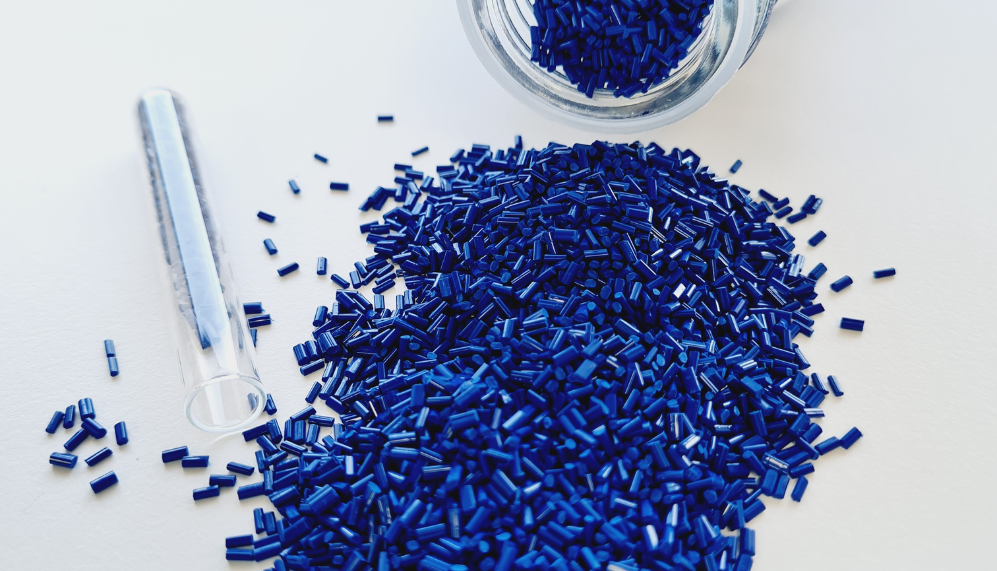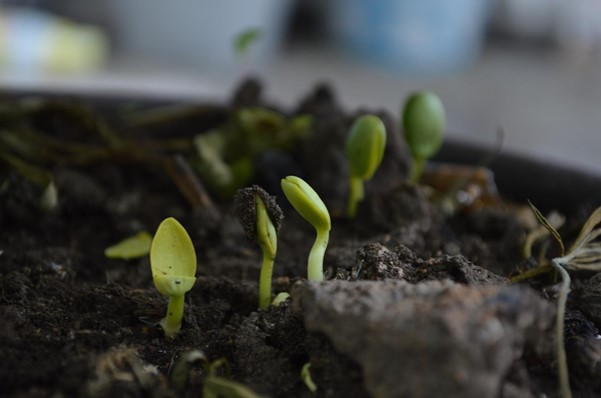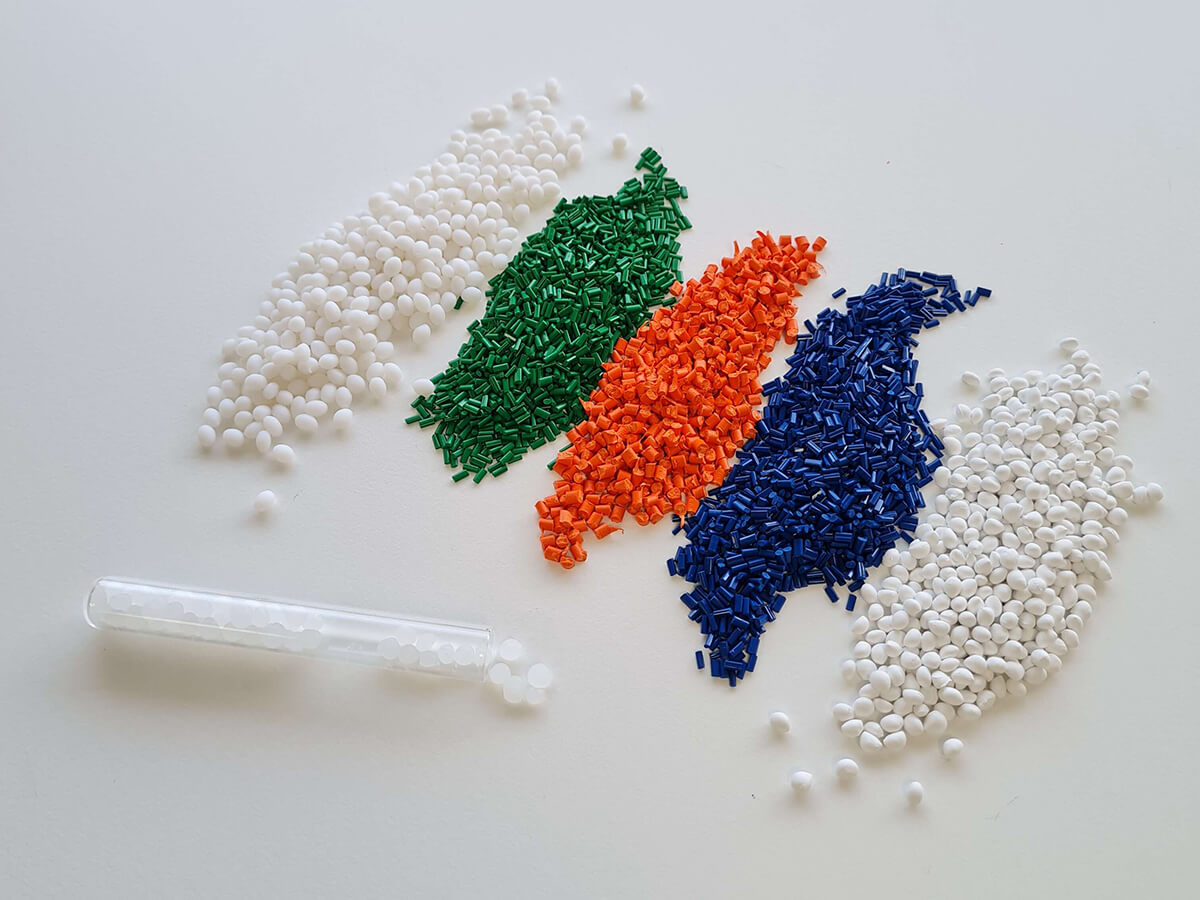
Uses and applications of biodegradable polymers
The use of biodegradable polymers in the plastics industry has been increasing in recent years. Furthermore, the production of this type of material will increase significantly in the coming years.
If you want to know more about biodegradable polymers, you are in the right place – keep reading!
A biodegradable polymer is defined as a polymer that can be completely degraded by the influence of microorganisms found in the environment.
Thus, we say that a plastic container is biodegradable because, once its useful life is over, it starts to degrade due to the action of different environmental agents.
This may interest you: Everything you need to know about biodegradable food packaging.
Once this polymer has biodegraded, it is converted into water, CO2 and compost, elements that are again assimilated by nature.

Origin: where do they come from?
Many of biodegradable polymers found in the packaging industry come from renewable sources.
This means that the carbon atoms in their molecule chains are taken from nature. This is what we commonly refer to as having a “bio-origin·.
Normally, the biopolymers found in the bioplastics sector come from bio-based sources such as sugar cane, corn or sugar beet.
However, there are bio-based biopolymers that are of plant origin but are not biodegradable.
Examples include materials such as BioPET or BioPE. These are biopolymers obtained from nature (i.e. of plant origin) but are not biodegradable. In other words, at the end of their useful life, we will encounter the same problems of waste generation as with conventional plastic. Nevertheless, it is true that we would avoid using sources of non-renewable origin.
On the other hand, other biodegradable bioplastics from petroleum, such as PBAT, are compostable.
Recommended reading: 3 types of bioplastics you need to know more about
Characteristics of biodegradable polymers
The biodegradation process
- “Biodegradable”: referring to a substance that can be degraded by biological action.
Biodegradability is the ability of biopolymers to decompose into substances that can be absorbed by nature such as water, carbon dioxide or compost through the action of microorganisms found in the environment.
To be clearer, the process that biodegradable polymers undergo after their useful life is similar to the transformation that the organic waste we generate, such as food waste.
It should be noted that not all biodegradable polymers compost the same way in their biodegradation process. The degradation process is influenced by the chemical nature of the material and, of course, by the biodegradation environment in which they are found.
Composting is, for instance, an environment that accelerates the rate of industrial biodegradation of different containers and packaging made of compostable biopolymers.
The compostability process
According to the RAE, composting is the controlled process of aerobic and thermophilic biological transformation of biodegradable organic materials that gives rise to types of organic fertilizers and soil.
As pointed out by the Food and Agriculture Organization of the United Nations (FAO) in its “Composting Manual”, in addition to the chemical elements provided by the organic matter, the process takes place in the presence of oxygen and water. There are four phases that are part of the composting process.
The 4 phases of composting
- Mesophilic phase: it starts at room temperature and the temperature increases as the hours go by due to the action generated by the microorganisms. The aim is for the mixture to reach between 50 and 70 degrees.
- Thermophilic or sanitization phase: once the temperature exceeds 45ºc, the mesophilic organisms disappear and those that can withstand up to 100ºc. called thermophiles, appear.
- Cooling phase: the temperature drops again and the mesophilic organisms reappear.
- Maturation phase: the consolidation of new molecules takes place and during several months the compost matures and adds new microbial populations.
Types of biodegradable polymers
There are different types of biodegradable polymers that can be classified, into three groups according to their origin:
- Natural polymers such as starch, cellulose and proteins
- Modified natural polymers
- Synthetic polymers such as PLA
Biodegradable polymer applications
Recently, research into the development of more sustainable and environmentally responsible materials has been encouraged. In this respect, biodegradable polymers have become one of the alternatives to conventional plastics the best meet this objective.
Medicine
Biodegradable polymers can be used in different areas of medicine, unlike conventional plastic polymers. Examples of some applications are implants, bone fixations or sutures.
Los polímeros biodegradables se pueden utilizar en diferentes ámbitos de la medicina, al contrario de lo que ocurre con el polímero del plástico convencional. Como ejemplo de algunas aplicaciones, encontramos implantes, fijaciones óseas o suturas.
Agriculture
There are many products in the agricultural sector in which biopolymers can play a role.
Some of these applications can be films or tutors, where, as they are intertwined with the crops, we would avoid having to harvest them later on.
Packaging
The use of biodegradable biopolymers to manufacture containers and packaging in the food industry is one of the main applications for this type of material.
Recommended reading: Case study on compostable packaging for fruits with ZIMIA X321.
Advantages of biodegradable polymers in the industrial sector
Degradation is the main advantage of biodegradable polymers. It takes place through the action of microorganisms found in the environment. Of course, without leaving microplastics.
The emergence of new regulations and the fact that consumers are becoming more environmentally aware is generating a greater reputation for brands that use biodegradable biopolymers such as PLA for the manufacture of their products or packaging.
In addition, some of the biodegradable polymers on the market are algo bio-based, providing a double advantage by not having to use sources such as petroleum.
It can therefore be concluded that biodegradable polymers are going to play a very important role in the plastics industry in order to meet the needs of the market.









